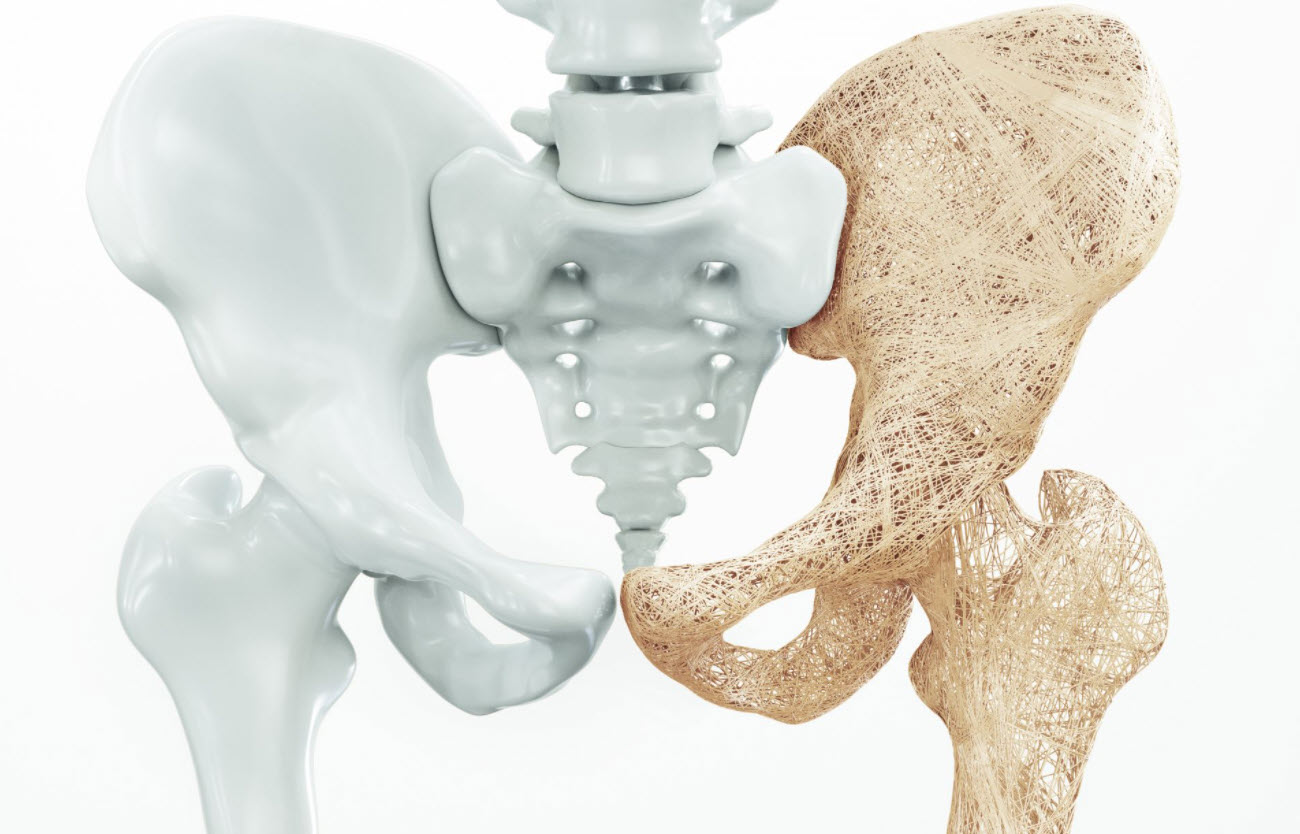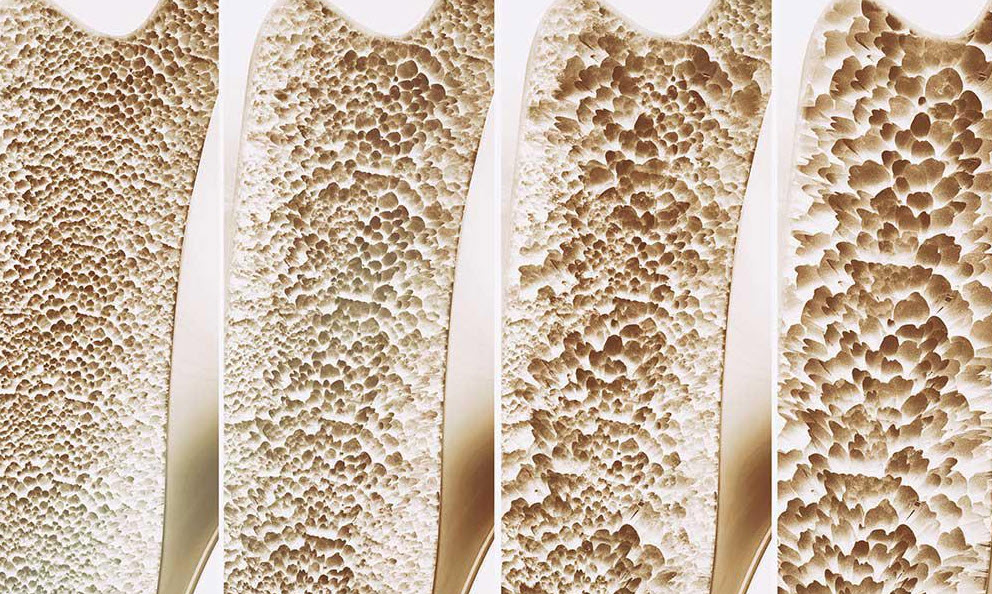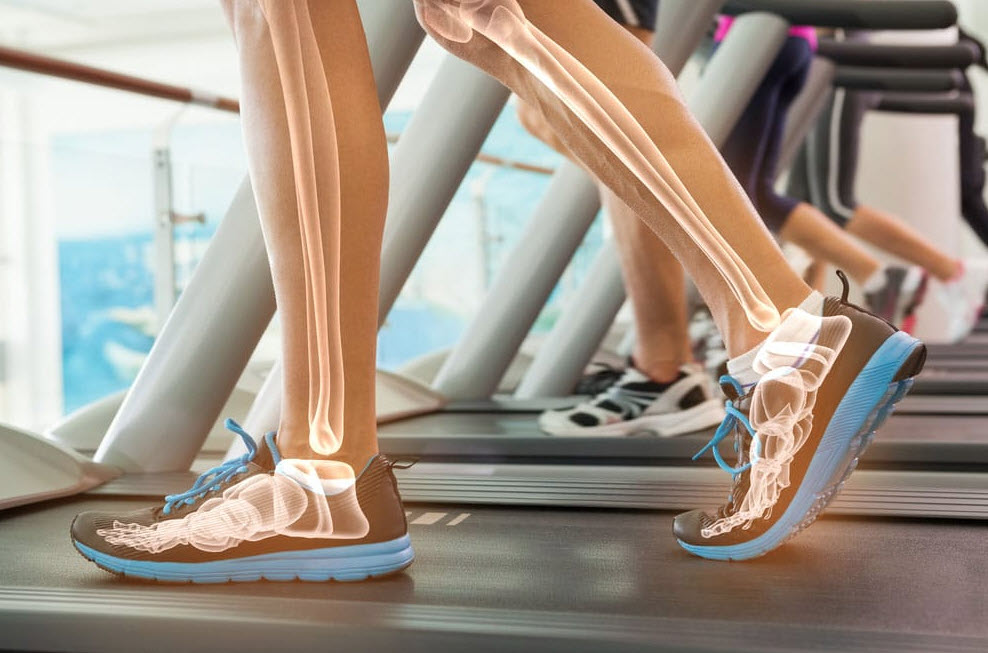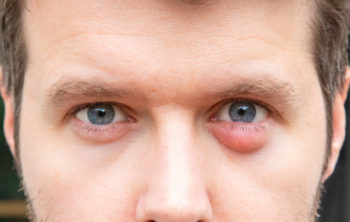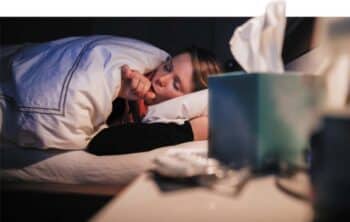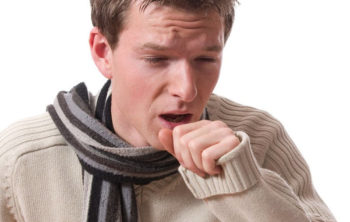Contents
Bone Density: Ways To Make Your Bones Healthy And Strong Naturally
Do you worry about your bone density? You’re not alone. A lot of people are worried about their bones, and for good reason. Your bones are crucial to your health, and if they become weak or brittle, it can lead to some serious health problems. Luckily, there are a lot of ways to make your bones healthy and strong naturally. Keep reading to learn more.
Most people know that they should visit their doctor for a bone density test as they get older, but may not know what exactly a bone density test is or why it is important. This blog post will provide information on bone density and ways to make your bones healthy and strong naturally. You will also find out about the different types of tests available and how to prepare for them. By the end of this post, you will have a better understanding of bone health and what you can do to maintain it.
What is bone density?
Density in physics is measurement of material substance in particular area. Other word for density is solidity. Bone density is amount of material substance in bone. It is measured by special X-ray test known as bone density test or bone mass measurement test.
Bone density test:
It is the only test to diagnose mass in bone or in other words, it is a test to know how porous or solid your bones are. This test is usually done to diagnose osteoporosis and osteopenia. It is a painless test which is done with special X-ray machine. Bone density usually measured from hips and lumber spin. If these two areas are not available due to any reason arm bone is another preferred bone for the test.
What does bone density test mean? Bone density is amount of solid particle in bone. High amount of bone density means that bone have good amount of solid particle. Low bone density means bone is porous and have loosen solid particle. Person with low bone density are more prone for fractures, Osteoarthritis, lumber pain and bone pain.
Causes of low bone density:
- Bone tissues are made from minerals. Low amount of minerals especially calcium and phosphorus in diet causes low density.
- Low amount of vitamin D: Vitamin D is needed for absorption of calcium.
- Low amount of vitamin C and K: Vitamin C and K are responsible in formation of mature bone cell.
- Insufficient amount of micro element in diet: Micro elements are substance which are required in very less amount but insufficient amount of these can cause severe health problems. Low bone density is caused by deficiency of zinc, magnesium, potassium and others.
- Hormonal insufficiency: Female hormone estrogen prevents bone decaying, thus insufficient amount of estrogens due to surgical removal of ovary or menopause causes bone decaying and low density.
- Excessive hormone: Parathyroid gland found in neck at around thyroid glands. Secretion of parathyroid are responsible for maintaining blood calcium level by efflux of calcium from bone and absorption of calcium through intestine. Excessive secretion of this hormone is responsible for low bone density. This is why patient with hyperthyroid also have low bone density.
What are symptoms of low bone density?
Early warning signs of low bone density are subtle. A stooped back or decreasing height can be a sign of decreasing bone density in your spine—and a loss of two inches or more of height may indicate that you have osteoporosis. If you experience stress fractures in your feet with normal activity or fracture a rib with no particular trauma, you should ask a doctor to check for osteoporosis or osteopenia. If you suffer an arm, wrist or a hip fracture with a fall from a standing position, you are very likely to have fragile bones and definitely need a bone density test.
Getting low bone density diagnosed can be difficult without the assistance of a medical professional. If you suspect low bone density, talk to your family physician for referral to a specialist. The most accurate method of testing low bone density is dual energy X-ray absorptiometry or DXA. This type of low bone density test involves an injection of a small amount of radioactive material and a quick trip around the hospital. This low bone density test is painless, but you wear a small bandage on your arm to indicate that radioactive material was used during the low bone density test.
Other low bone density tests may include an ultrasound of the heel (which measures speed of sound in the low bone density), blood work (which can detect low vitamin D, low estrogen or low testosterone) and urine samples (which can detect low bone specific alkaline phosphatase, a low bone density marker).
A low bone mineral density test is the only way to diagnose low bone density. If you have low bone density, talk to your doctor about calcium dietary supplements, estrogen replacement therapy, calcitonin injections and low bone density medications or low bone mineral density injections that exist for treatment of low bone density.
How to increase bone density?
Bone density is very important measurement for prevention of osteoporosis, osteoarthritis and fracture. Solid bones have less chances of getting any health issues, thus here we are going to discuss important habits to increase bone density and have stronger and healthier bone.
1. Start in young age:
Osteoporosis is condition of old age so don’t wait till then. Bone gets fully matured and have highest amount of bone density in 25-30 yrs of age. After 30 even if you are young and healthy but bone decaying had already started. So plan your diet schedule and life style considering bone health. Good exercise and diet can prevent early bone decay.
2. Exercise:
Good amount of exercise is needed for overall health; here are some exercise tips to have healthier bone.
- Weight lifting exercises: Weight lifting exercises like dumbbell, yoga are best exercise in prevention of bone decay. Weight lifting not only increase blood flow toward bone but also cause stretch of bone tissue, which is good for forming new bone cell.
- Cardio exercise: Exercise increase blood circulation and decrease oxidative stress of body. Increase blood circulation provide increase amount of micro nutrient to bone tissue.
- Jumping and skipping: Jumping and skipping cause stretch in vertebral column.
3. Good nutritional diet:
- Vitamin D: Vitamin D is essential for calcium absorption. Vitamin D is naturally occurring vitamin as human body itself made it in response to sunlight. But for that direct contact of sun light is necessary. Today people don’t like to be tanned and like to cover whole body from direct sun light. This unnatural self defence habit is actually self destructive. Absence of direct exposure to sun light causes less amount of vitamin D, which lead decay of bone and less bone density. People with low bone density should have vitamin D supplement.
- Calcium diet: Bone tissues are mainly made from calcium. Thus having optimal amount of calcium can make bones stronger. After menopause and at elderly age process of bone decaying start swiftly, thus to insure sufficient amount of calcium in diet is needed. Daily health requirement of calcium is 1000 mg per day for an average person, although teenagers, pregnant females, lactating mothers and elderly people need little bit more. It is also very important to understand human body cannot absorb full amount of calcium in one meal, so people should have calcium rich food at least 3 to 4 times a day, this is also reason why calcium supplements are not as effective as natural calcium sources.
- Cook with herb: Herbs like black pepper, zinger, garlic and other not only add different taste but also causes increase metabolism. These herbs play important role in maintaining bone density.
- Vegetables: Vegetables are good source of vitamins and micro elements. Various research support high intake of fresh yellow and green vegetables increase bone density in childhood and elder age too.
- Enough protein diet: Diet with low protein hinders calcium absorption and bone metabolism, but it is also important to know that excessive consumption of protein causes acidity of blood and initiate bone decaying. About 90 to 120 gm of protein is sufficient for average person.
List of food to increase bone density:
- Seeds: Seeds are great for bone as all seeds have good amount of calcium and other minerals. Seeds also provide good cholesterol like omega 3. Chia seed, sesame seed, peanut, are good for bone health.
- Dairy products: Dairy foods like milk, cheese, yogurt, curd, butter milk are good for bones. Have at least one dairy product in every meal.
- Beans and lentils: All beans and lentils provide protein, micro nutrients and fibres. One average cup of boiled lentil provide 150 to 200 mg of calcium.
- Dry fruits: Almond and walnuts have highest amount of calcium. 20 almonds and 10 walnut provide 18% of requirement of calcium.
- Vegetables: 100 gm of cooked pumpkin provide 18% of needed calcium. Leafy vegetables are also rich in micronutrients.
4. Avoid strict dieting:
Strict dieting and low calories diets interfere with bone metabolism. Insufficient amount of calories in teenage may causes irreversible bone tissue damage.
5. Weight management:
Being underweight increases risk of osteopenia and osteoporosis. Whereas obesity also impairs bone metabolism because bones are in constant pressure of excess body weight.
Summary:
Strong bone are necessity of all age groups, but usually people take their bones for granted. So it is good to start as early as possible. Always have full complete meal with sufficient amount of calcium and micro nutrient. Insure outdoor play to have adequate amount of vitamin D and for the benefits of exercise. Do exercise regularly. Start to take care of your bone while they are healthy and work for making them healthier.
Read more: The 8 Best Tips To Improve Digestion Process Naturally
Disclaimer:
Above article is only for knowledge purpose. Please contact your healthcare provider before using any of above medicine or method. For any query or personal consultation according to your health condition please contact your doctor.

